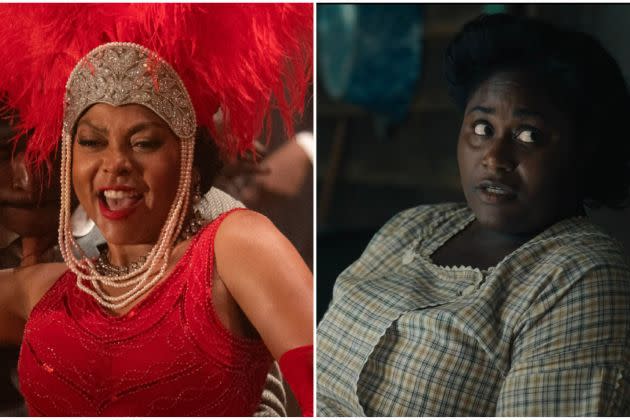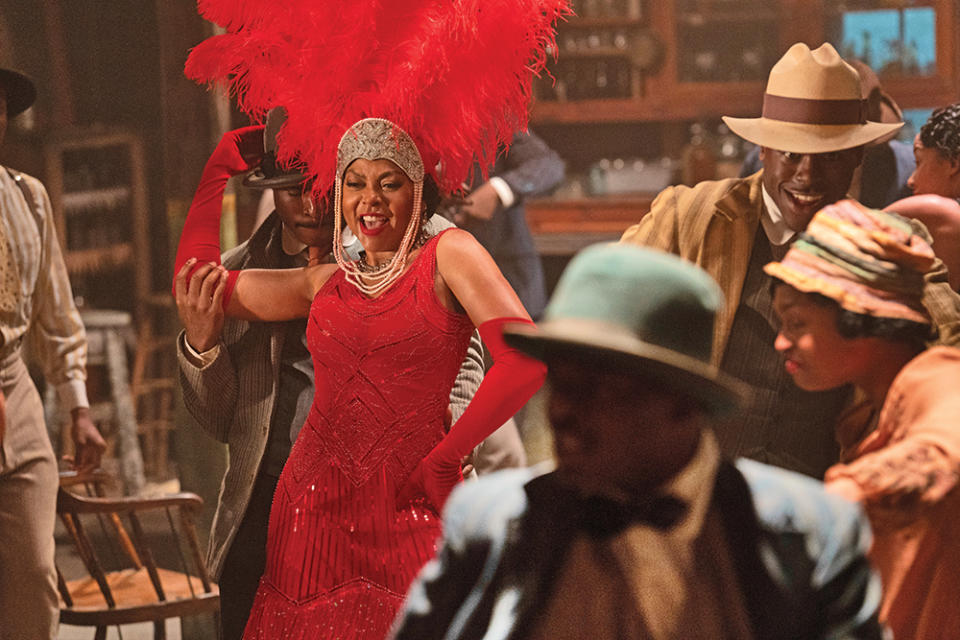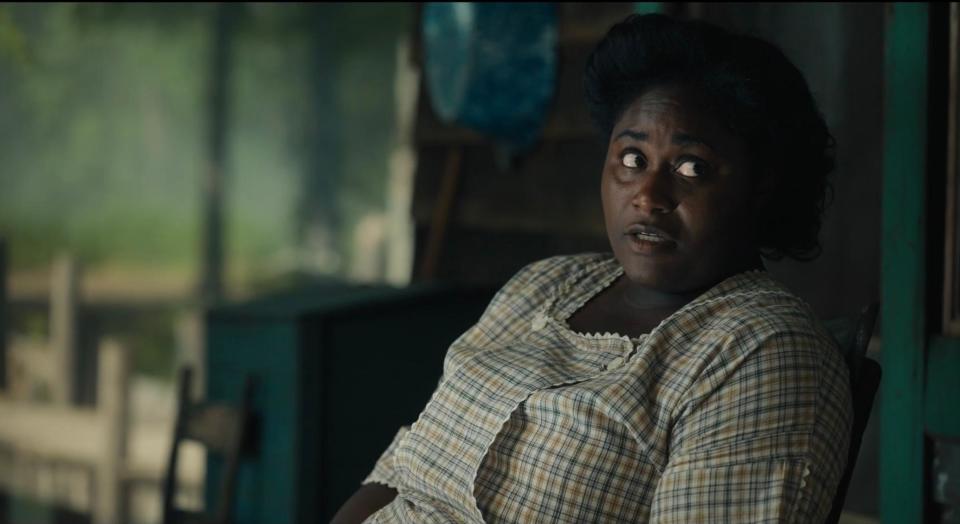A Tale of Two ‘Color Purple’ Supporting Actress Contenders, and Who Can Get Nominated

Danielle Brooks and Taraji P. Henson, standout performers from Blitz Bazawule’s daring re-imagining of Alice Walker’s beloved novel “The Color Purple,” are vying for recognition in a fiercely competitive supporting actress race.
Following three consecutive days of screenings in Los Angeles, the film has garnered enthusiastic applause from voters, critics and industry professionals, sparking burning questions about the potential award prospects for Brooks as the fiercely independent Sofia or Henson as the sultry blues singer Shug Avery.
More from Variety
Could both secure nominations? And if so, might either claim the coveted statuette? Insights from Oscar history offer some clues.
In February 1940, the Academy of Motion Picture Arts and Sciences unveiled the nominees for its 12th annual ceremony. Among the supporting actress nominees were two actresses from “Gone With the Wind”: Olivia de Haviland and eventual Oscar winner Hattie McDaniel, who made history as the first Black person to win an Academy Award. This marked the inaugural instance of two actresses from the same movie being recognized in the category. Since then, 35 out of 95 Oscar ceremonies have featured two supporting actress nominees from a single film, with 13 winners emerging from these scenarios. The most recent example was Jamie Lee Curtis for “Everything Everywhere All at Once,” alongside co-star Stephanie Hsu. Among the four acting categories, the supporting actress race remains the most open to double noms from a single movie.
During the post-screening Q&A at the Pacific Design Center in Hollywood, attended by Brooks, Henson and cast members Fantasia Barrino and Corey Hawkins, the audience’s fervent response indicated that the two standout performers were clear favorites.

Henson’s portrayal of Shug, a role that previously earned Margaret Avery a nod in Steven Spielberg’s 1985 film, presents a fresh interpretation. In musical numbers like “Push Da Button,” Henson’s vibrant and larger-than-life persona shines brightest. Reflecting on her director’s vision for the adaptation, the Oscar-nominated actress from “The Curious Case of Benjamin Button” (2008) expressed profound appreciation, remarking that she and the cast were deeply moved by the project’s uniqueness. Henson emphasized, “That doesn’t happen in every project. It’s pure magic. I’ve been blessed to experience this more than once, but this one was special.”
Henson rose to prominence as a pregnant prostitute with a musical gift in “Hustle and Flow” (2005), then gained significant recognition in her nominated role in the Fincher film, which then propelled her to superstardom with her Emmy-nominated portrayal of the dynamic Cookie on TV’s “Empire.” The industry eagerly anticipates another accolade for her stellar performance, especially following her impactful role as the NASA mathematician Katherine Johnson in the best picture-nominated and SAG ensemble-winning “Hidden Figures” (2016). Her potential for support within the Actors Branch seems promising.
While stepping into Avery’s shoes might seem daunting for Henson, imagine the monumental task of assuming a role previously inhabited by Oprah Winfrey.

As the spirited and no-nonsense wife to Harpo (Hawkins), Brooks’ Sofia is positioned as the hopeful and joyous anchor in a narrative that, at times, carries a thematic weight, craving moments of levity. Brooks achieves this with aplomb in sequences like “Hell No,” reminiscent of the impactful “Cell Block Tango” from the best picture-winning musical “Chicago,” which showcased supporting actress winner Catherine Zeta-Jones.
Brooks’ attachment to the musical source material runs deep after doing a run in the Broadway show from 2015 to 2017. She recalled “bawling” her eyes out when she saw the original version of the show because it starred Black performers. “It was the first time I saw people who look like me in this professional setting,” Brooks says. “I was thinking ‘Oh my God, there’s a place for me.'” With outpouring of love, she’s also simply “trying to learn how to receive this love.”
Brooks, less recognized in Hollywood circles, is best known for her portrayal of the inmate Tasha “Taystee” Jefferson in Netflix’s dramedy series “Orange Is the New Black.” Her magnetism and standout moments could easily captivate voters’ attention, mirroring the recent success of a supporting winner from a musical: Ariana DeBose in “West Side Story” (2021).
While many have followed her trajectory through awards-worthy performances as Mahalia Jackson in Lifetime’s TV movie “Mahalia” and the HBO Max superhero series “Peacemaker” opposite John Cena, she and her co-stars must rally momentum as one of the final movies for consideration — something that isn’t always easy to execute in a campaign.
With Spielberg and Winfrey serving as producers, “The Color Purple” faces no hurdles in attracting voters to view it. Yet, musicals often face genre bias, which could pose a potential challenge. The 1985 original film holds a few records in Academy history: tied with “The Turning Point” (1977) for the most losses (going zero for 11) and remaining the sole movie ever to secure three Black actors’ nominations from any single movie. Can the film replicate this historic feat with Fantasia Barrino in the iconic role?
The precursor season will illuminate the prospects. What remains certain is that the film’s journey toward recognition in the best picture category hinges on its acting nominations. Can both Brooks and Henson secure nods? Perhaps, but current early reactions suggest Brooks stands as the stronger contender. The cast embarks on international screenings in London this weekend, recognizing the crucial influence this voting bloc holds in the Oscars.
Best of Variety
Sign up for Variety’s Newsletter. For the latest news, follow us on Facebook, Twitter, and Instagram.

 Yahoo News
Yahoo News 
